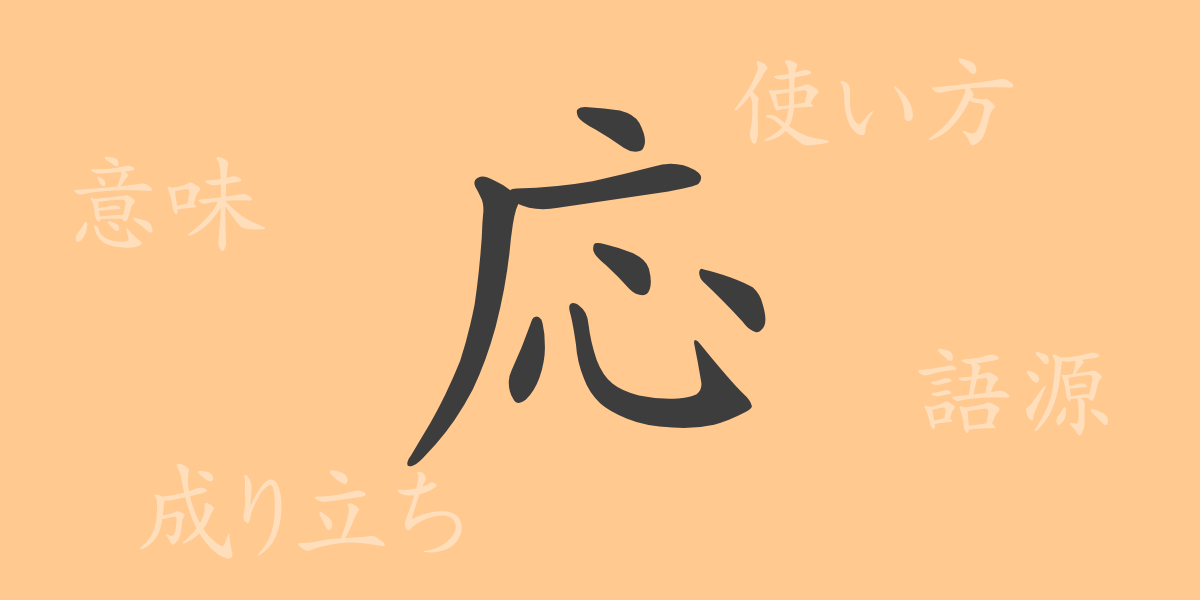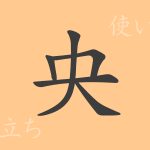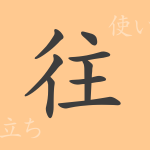“
The beauty of the Japanese language is also embodied in its characters. Each of the common kanji characters used in Japan has its own unique history and meaning and is widely used in everyday life. “”応”” ( ō) is one of the characters that is particularly used in a variety of situations. In this article, we will explore the full picture of “”応”” (ō), from its origin to its meaning, usage, reading, and even the idioms and phrases that use “”応”” (ō).
The Origin (Etymology) of 応 (Ō)
The kanji “”応”” ( ō) has developed its shape from ancient Chinese oracle bone script. Originally used as a pictograph representing “”a bird returning to its nest,”” it later came to have the meaning of “”to answer”” or “”to respond.”” Through this transition, “”応”” (ō) established its role as a character indicating correspondence or reaction.
The Meaning and Usage of 応 (Ō)
The kanji “”応”” (ō) has meanings such as “”to answer,”” “”to comply,”” and “”to correspond.”” It is also used in forms like “”応募”” (ōbo, application) and “”応援”” (ōen, support) to encourage active behavior. “”応”” ( ō) is highly flexible and carries various nuances depending on the context.
Reading, Stroke Count, and Radical of 応 (Ō)
The kanji “”応”” ( ō) also demonstrates the richness of the Japanese language in its reading and structure.
- Reading: The on’yomi is “”ō,”” and the kun’yomi includes “”kotaeru”” and “”ataru.””
- Stroke Count: A total of 7 strokes
- Radical: The heart (or 忄) radical
Idioms, Phrases, and Proverbs Using 応 (Ō) and Their Meanings
Idioms, phrases, and proverbs containing “”応”” (ō) are extremely abundant in Japanese. For example, “”応援”” ( ōen) means the act of supporting others, “”応急処置”” (ōkyū shochi) refers to temporary measures taken in an emergency situation, and “”当面の応需”” (Tōmen- no -ōju) means meeting current demands. The “”応”” ( ō) in “”以心伝心”” (Ishin-denshin) represents the connection between hearts and minds.
Summary of 応 (Ō)
As its shape suggests, the kanji “”応”” (ō) symbolizes the importance of response and dialogue. In various situations where it is used in modern Japan, “”応”” ( ō) plays a central role and enriches our language. By understanding the deep history and meaning of “”応”” ( ō) through this article and using it more consciously, we hope it will serve as a means to rediscover the charm of the Japanese language.
“

























